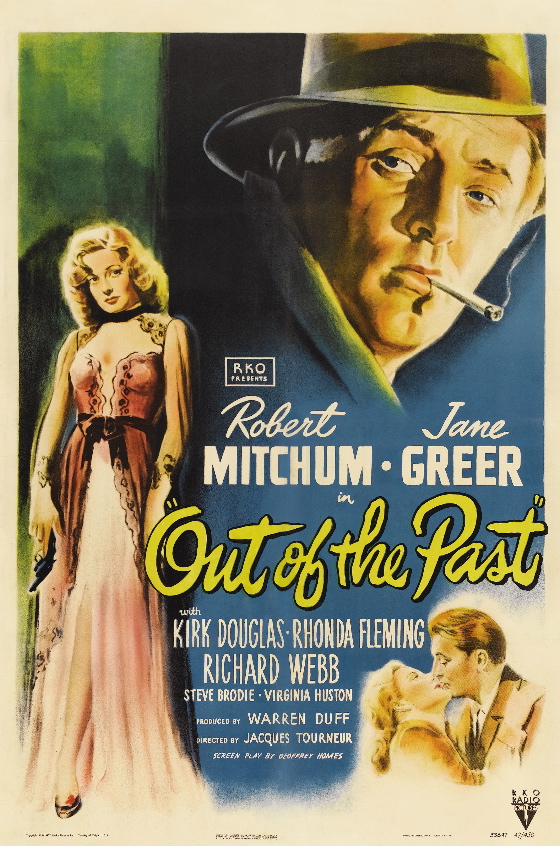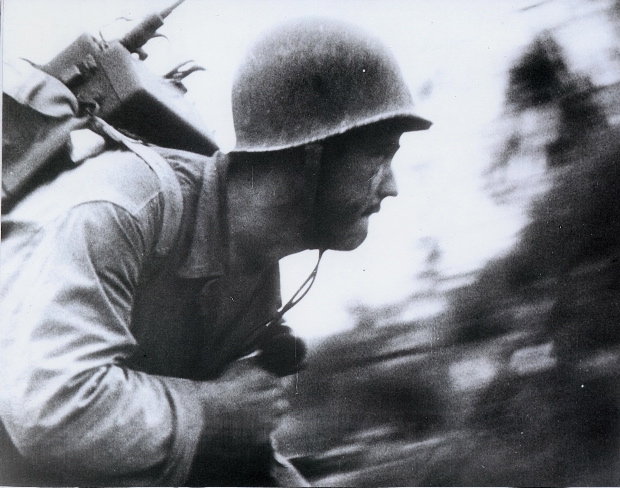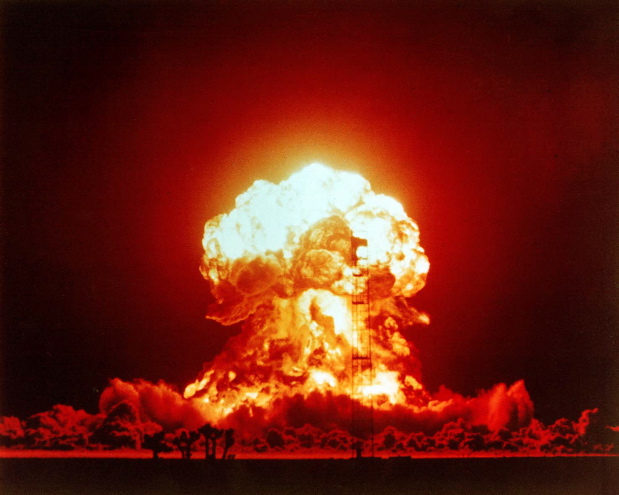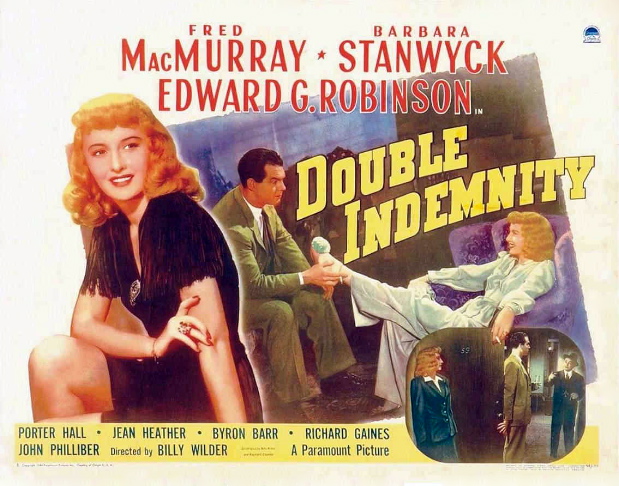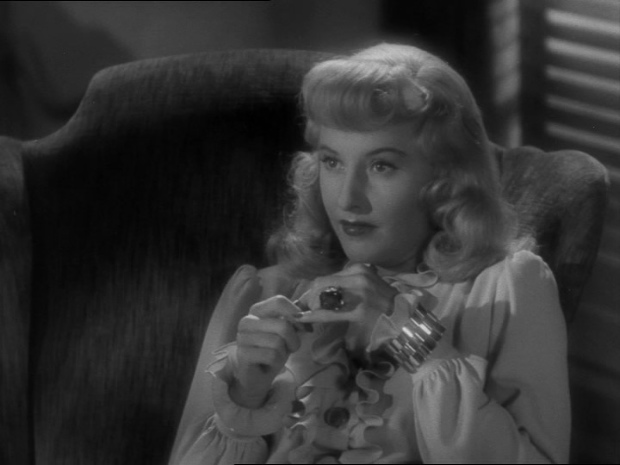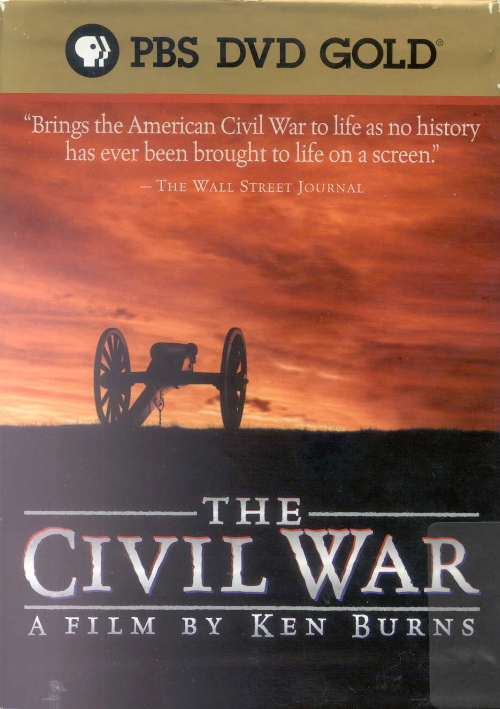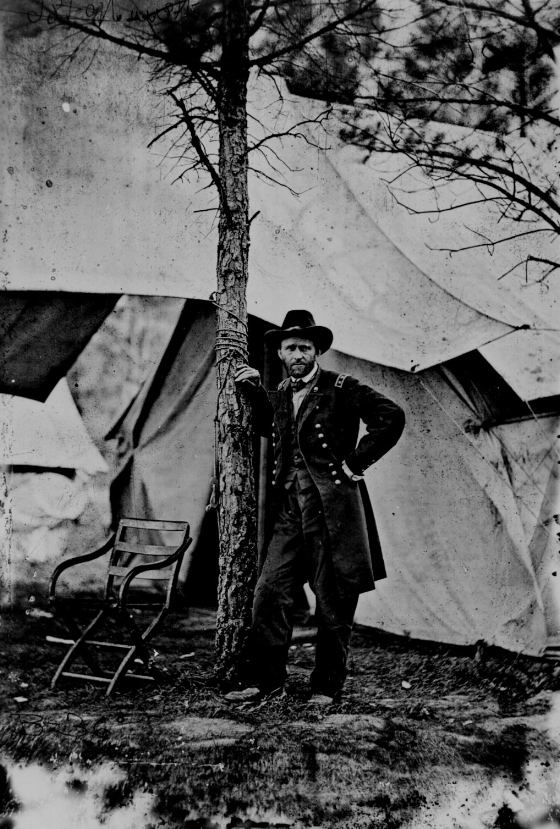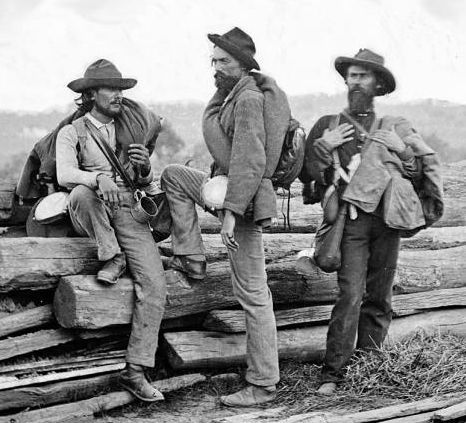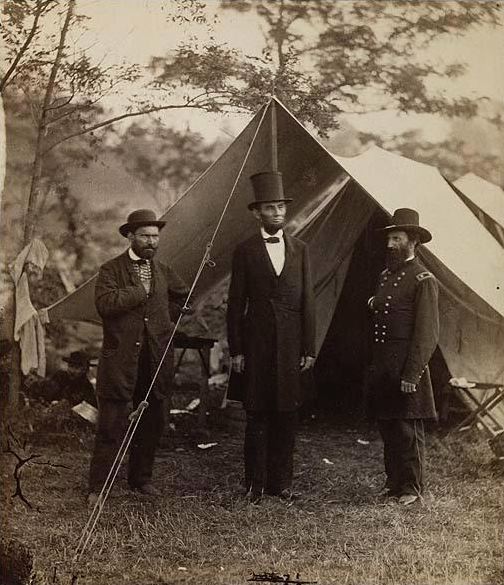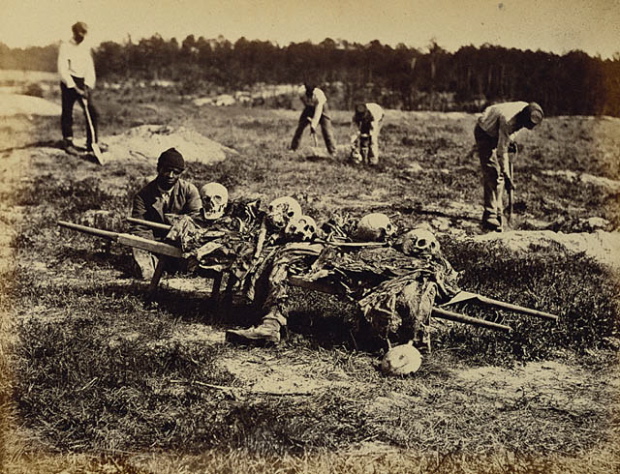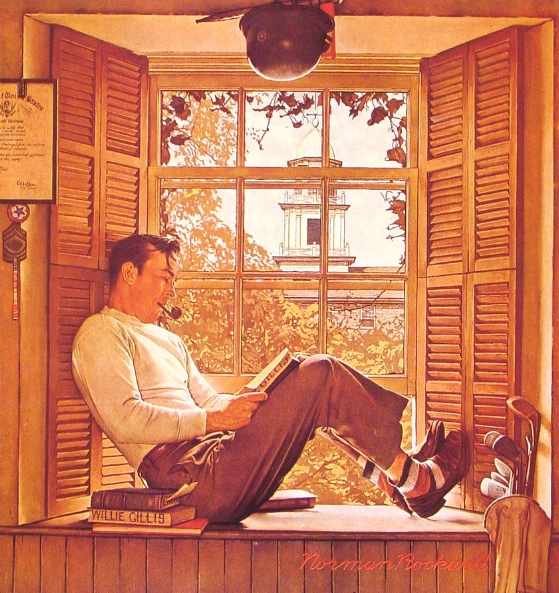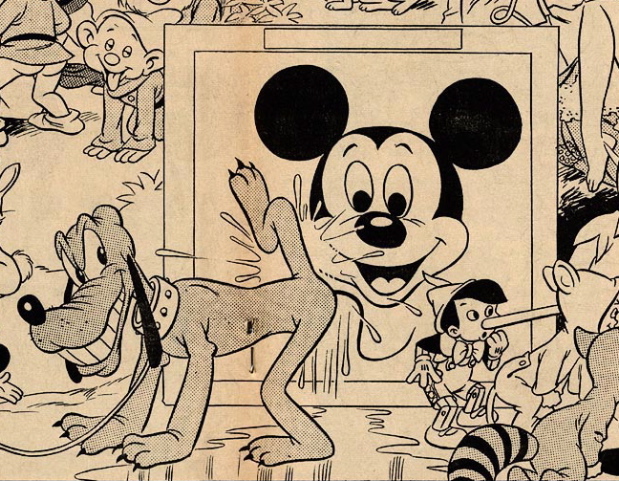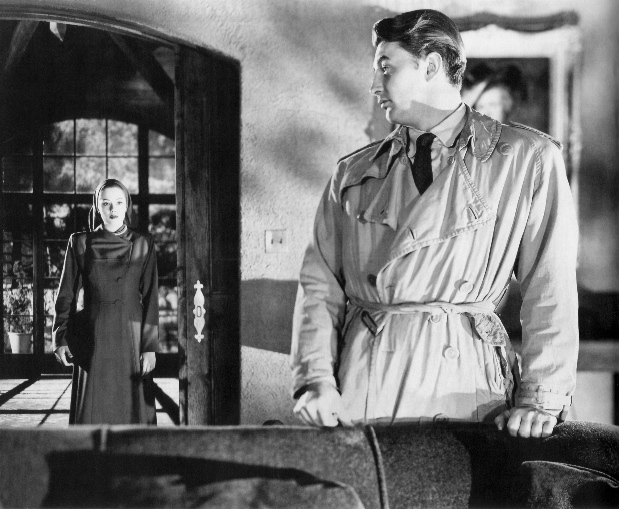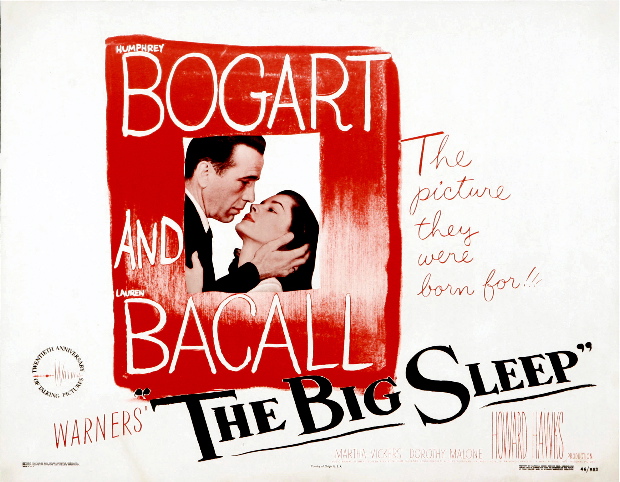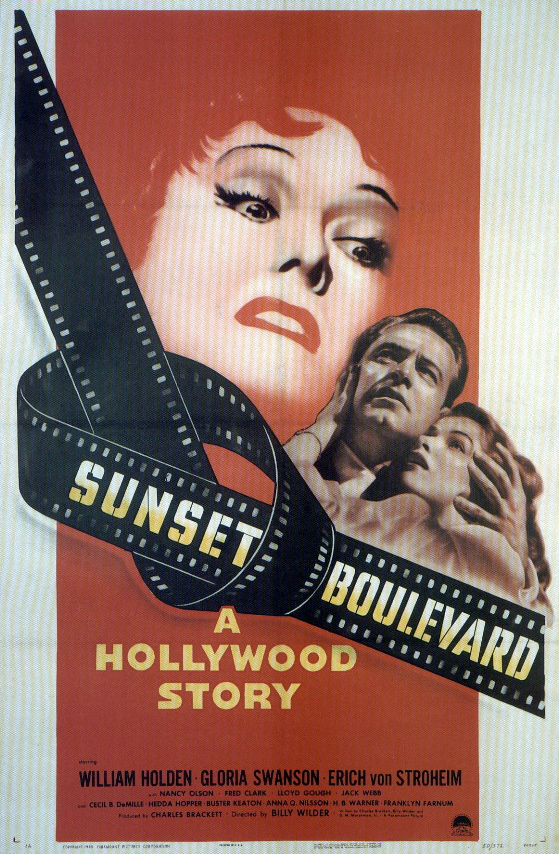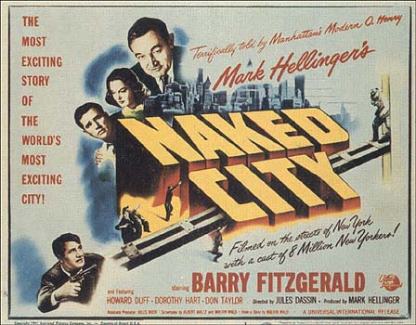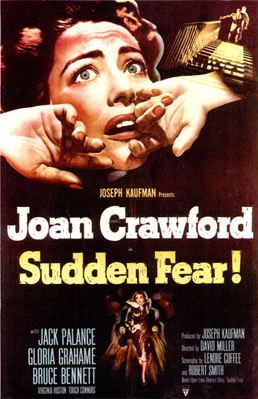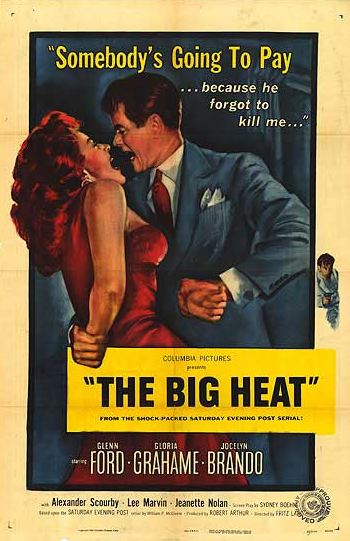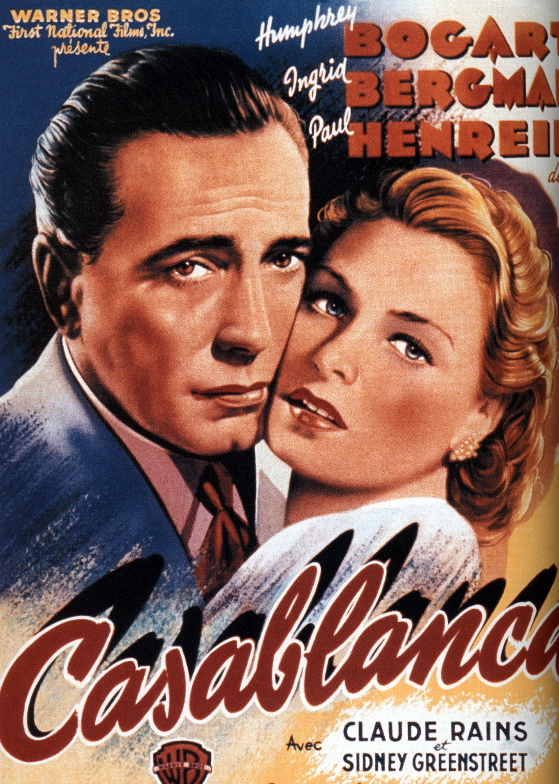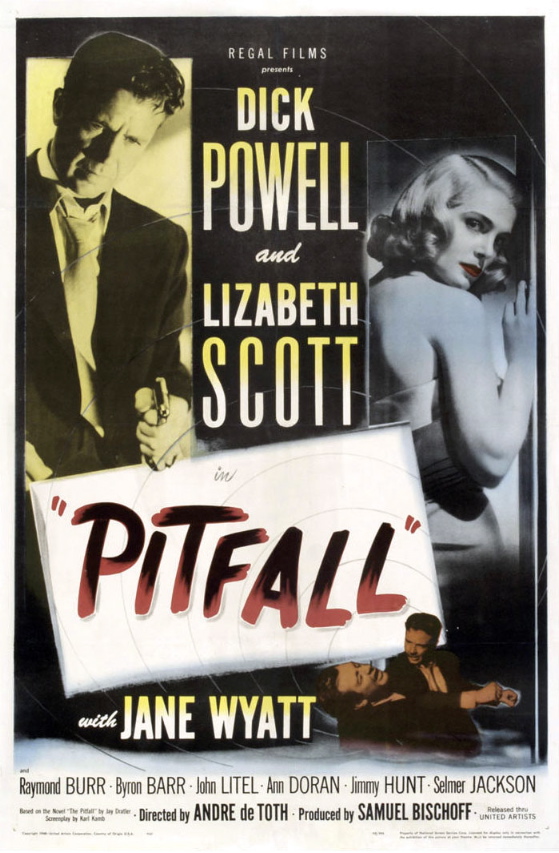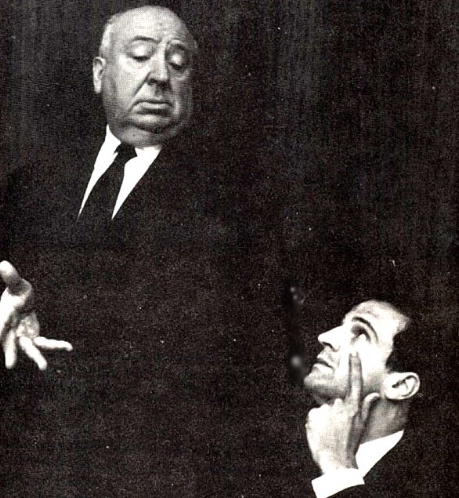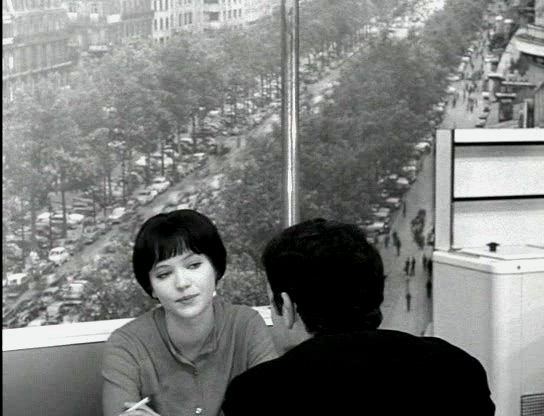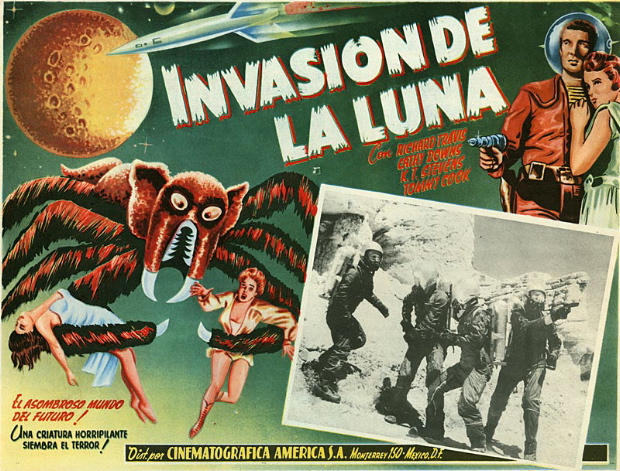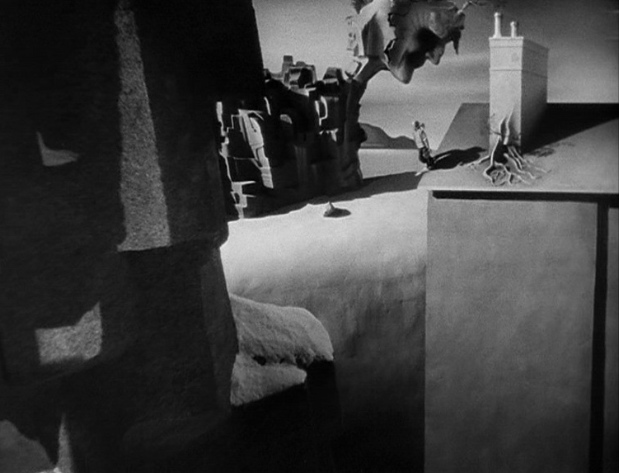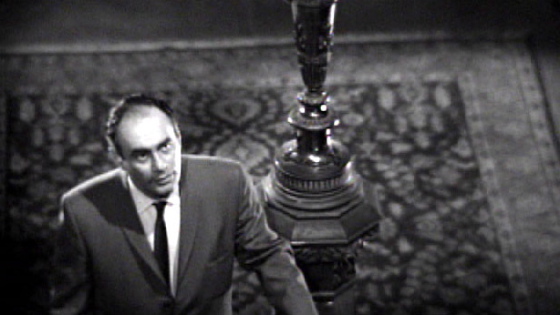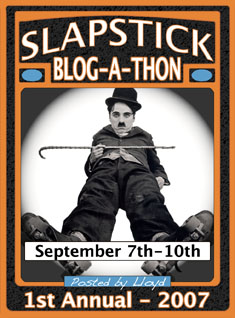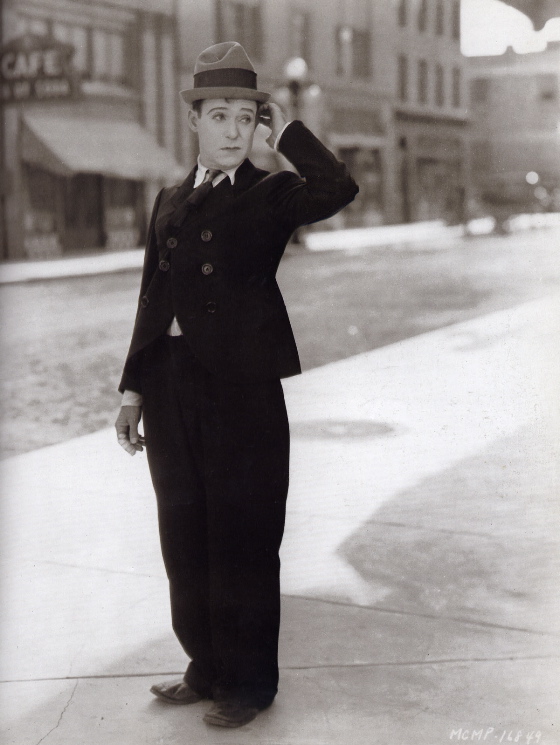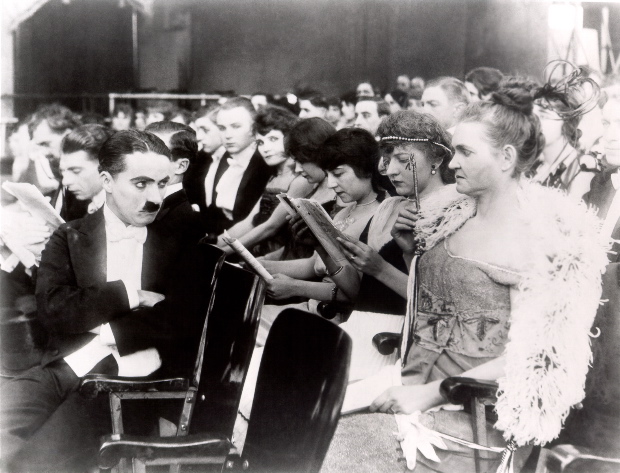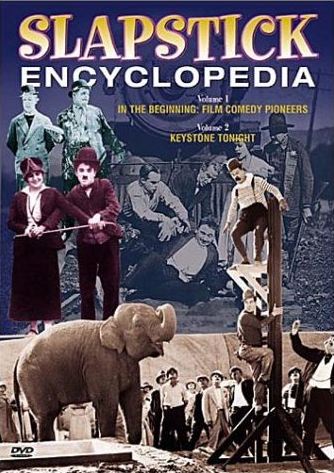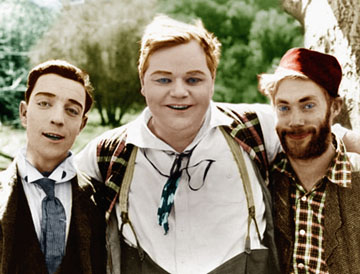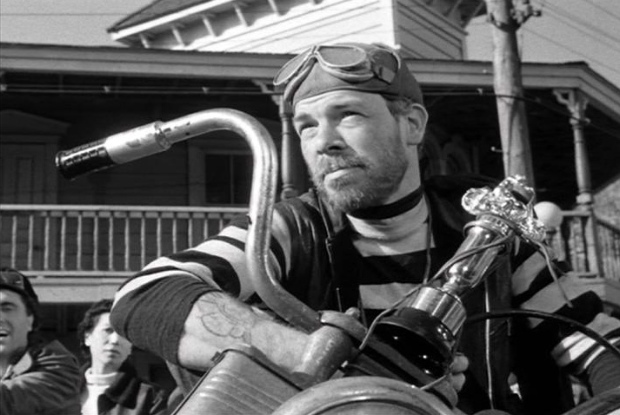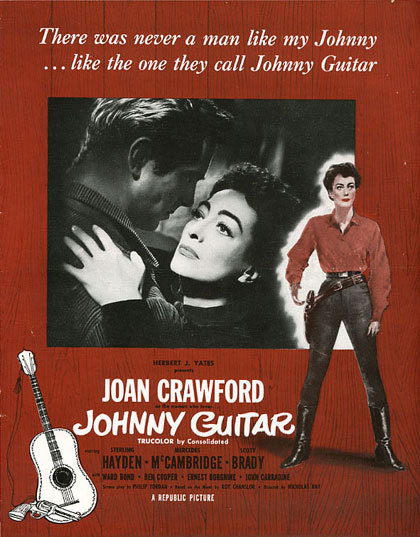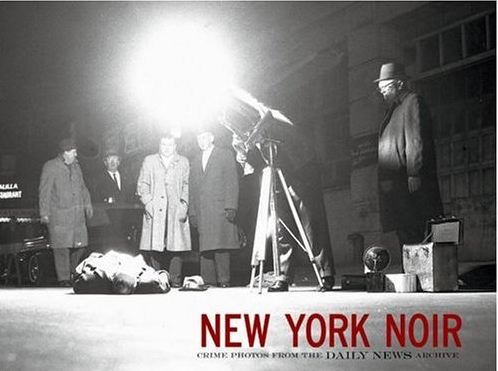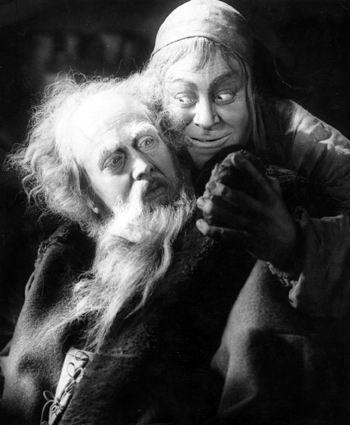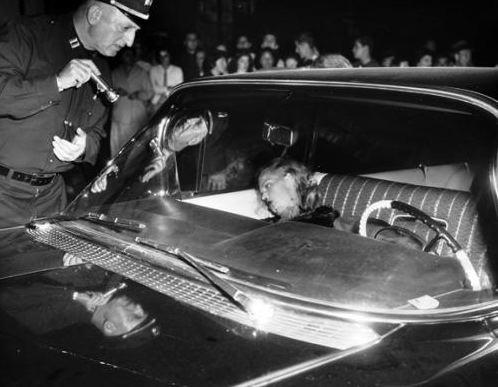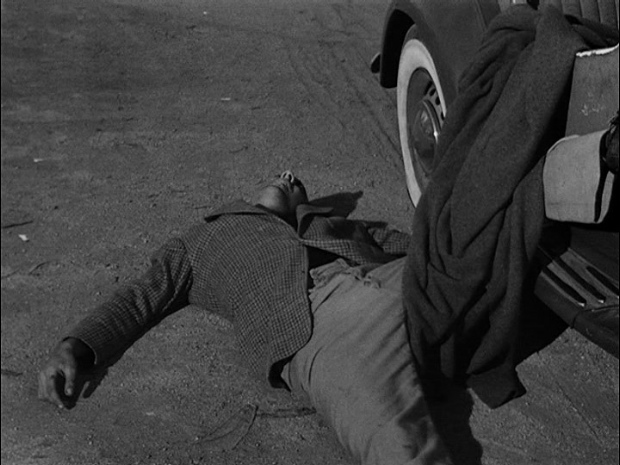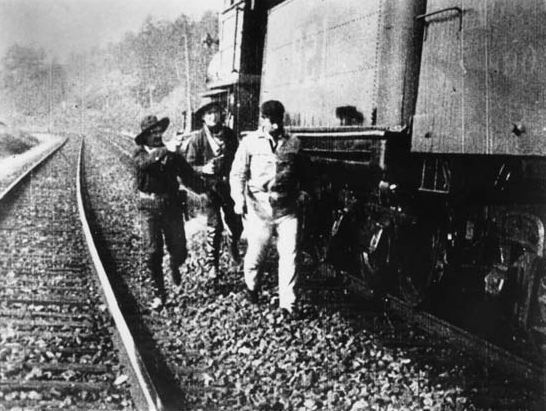
If you look at narrative films made in the first decade of the 20th
Century you'll be struck by a very odd aesthetic anomally. Scenes shot
out of doors will often be dynamically composed, emphasizing spatial
depth in the image — they look modern and can be extraordinarily
beautiful. Scenes shot on interior sets will, by contrast, be framed
head-on, creating the impression of a shallow space — this, combined
with the obviously painted sets, mostly using flats, looks decidedly
cheesy to modern eyes.
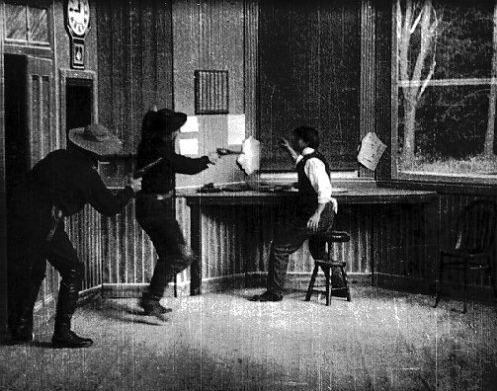
Why did audiences accept this violent contrast of cinematic practices
within the same film?
One reason, of course, is that the interior sets reminded audiences of
the stage, where painted sets and proscenium framing were familiar.
They could think of these scenes as filmed stage-plays, which is how
story-based movies were often defined and sold. The exterior scenes,
on the other hand, reminded viewers of pre-narrative cinema — the
“actualities”, short scenes of picturesque places and real events,
which were the primary content of movies presented as novelty
attractions.
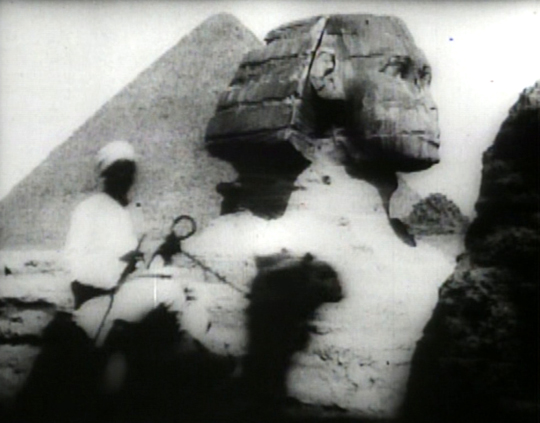
These actualities tended to be agressively “cinematic”,
emphasizing the illusion of spatial depth to show off the magic of
movies — their ability to create the convincing illusion of a real
place on the other side of the screen.
Novelty-attraction actualities were often part of a theatrical
presentation
which featured live performers as part of a variety bill — so viewers
were accustomed to an alternation of cinematic actualities with
theatrical stage-bound scenes.
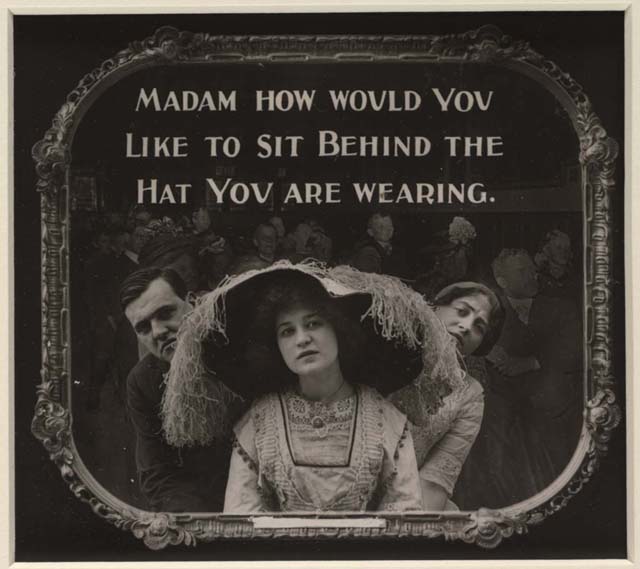
The narrative structure of early story films was apparently enough to
knit the two types of cinematic practice into an aesthetic whole for
viewers of the time. Indeed there's a curious Edison film from
around 1904, not part of the regular Edison release schedule, which
shows a
group of people making its way by various means of transport from one
end of Manhattan Island to the other. There's no connecting narrative
— the shots just seem to be a series of “actualities” linked only by
the presence of the same characters in each sequence. It's been
suggested by film scholars that these sequences may have been shot as
“entr' acts” for a stage play, showing the play's characters moving
from location to location in the story — something to pass the time
and amuse an audience while the stagehands shifted sets behind the
projected images.
If in such a production you just replaced the scenes on the stage sets
with filmed interiors, shot head-on against painted theatrical
backdrops,
you'd have a pretty fair paradigm for an early narrative film.
Even imagining how such anomalous cinematic approaches could have been
reconciled for viewers within the same film, it's hard not to see the
results as crude. But such anomalous approaches have almost always
been a part of cinematic practice — and the momentum of narrative has
always been able to reconcile them.
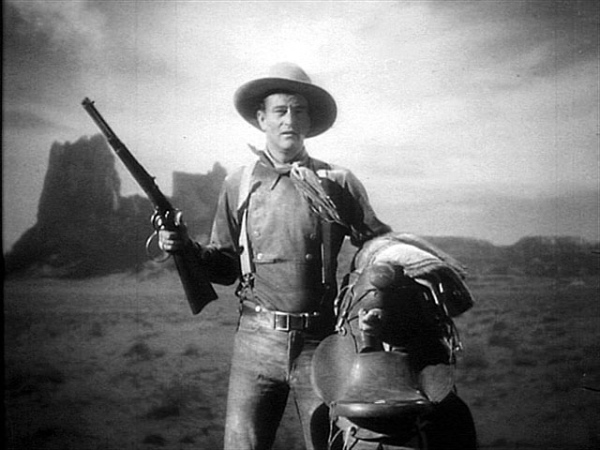
Look at John Ford's Stagecoach
again and see how stunningly photographed images of real locations
alternate with studio work (above) in which sets and back-projections stand in
for exterior locales. It's objectively weird, aesthetically
inconsistent, but our eyes, accustomed
to back-projections in films of this era, don't read it as such.
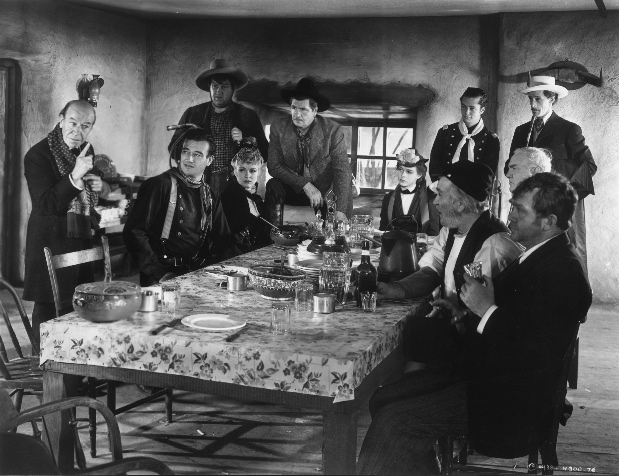
The conventions are always shifting, of course. The studio-built
interior sets of Stagecoach (above) are fully three-dimensional and
convincing as actual locations — a far cry from Edison's patently
two-dimensional interior sets painted on flats. But Ford's
back-projection exteriors are convincing only to the degree that we
choose to be
convinced by them, as Edison's audiences chose to be convinced by his
artificial interior sets.
The history of the shift from “theatrical” to fully dimensional interiors in movies would be fascinating to chart.
One of Griffith's main formal concerns in the Biograph years was
developing a way of staging and photographing interiors on sets in
spatially interesting ways, to create a stronger illusion of being in
real rooms — but he never totally abandoned proscenium framing.
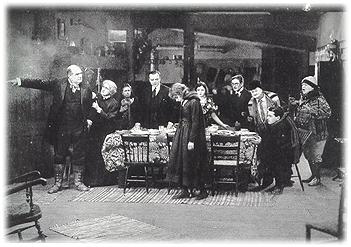
Why?
I'm beginning to think that proscenium framing for interiors continued
to have a degree of glamor for filmmakers throughout the silent era, by
evoking the prestige of the stage.
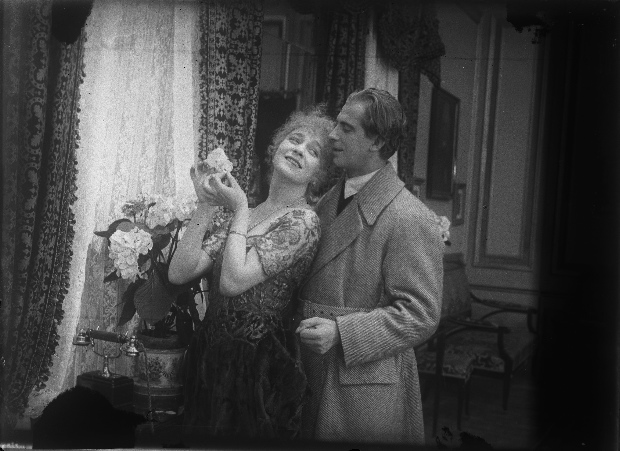
Twice in Erotikon, from
1920 (above), which has elaborately constructed and
convincing interior sets, such a set is introduced by a wide, head-on
proscenium type shot — before Stiller moves in and starts shooting the
room as though it were a practical location, sometimes even shooting in
mirrors that reflect the wall behind the camera, utterly abolishing the
theatrical mode by showing us the “fourth wall”.
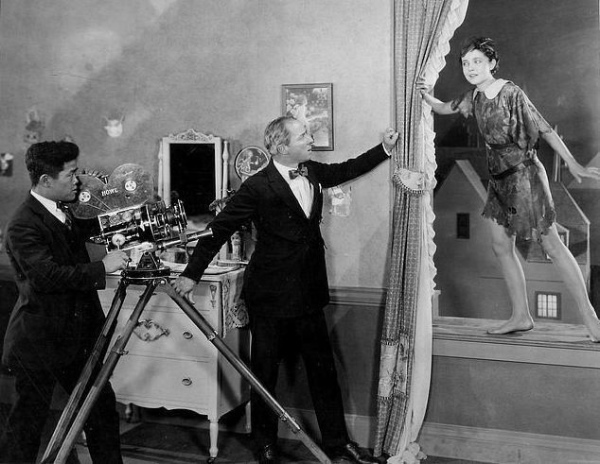
In Peter Pan, Herbert Brenon (above, with camerman James Wong Howe and Betty Bronson) does something similar with the opening sequence
in the nursery — which he starts out showing only from angles that
would have been available to members of an audience seated in front of
his set, but then proceeds to penetrate from angles only available to
performers inside the set.
Both Erotikon and Peter Pan were adaptations of popular stage
plays, and the filmmaker in each case may have wanted to remind viewers
of the film's prestigious theatrical provenance.
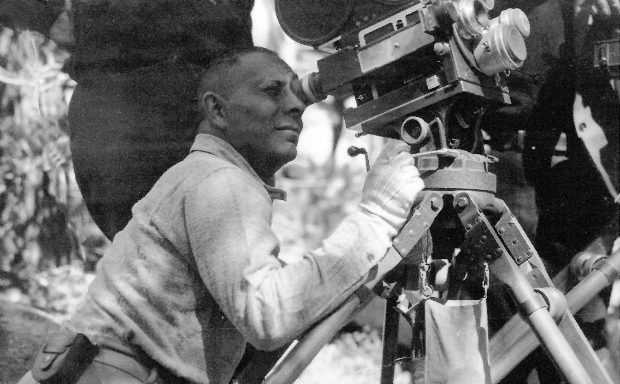
Von Stroheim seems to have been the first film artist to abolish the
theatrical mode for interiors as a matter of basic aesthetic principal,
and he was followed in this approach fairly consistently by Murnau as
well. From them derive the dynamic spatial interiors of Renoir
and Welles.
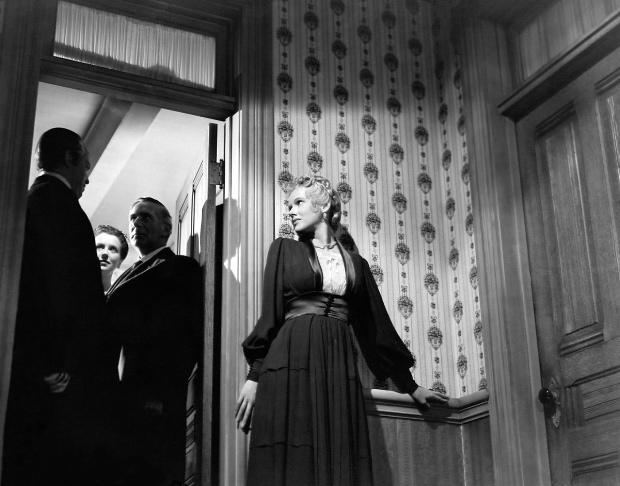
[With thanks to shahn of sixmatinis and the seventh art for a recent post which got me thinking about this subject again.]
